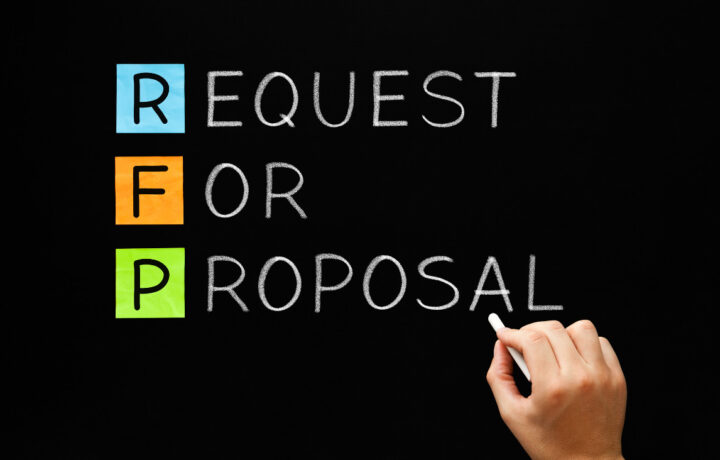In the world of government contracting, proposals are the lifeblood of new business. Winning a contract often hinges not just on technical solutions and past performance, but also on the strength and availability of proposed personnel. Recruiting for proposal efforts is a unique niche that blends speed, strategy, and precision.
The Proposal Hiring Playbook
Here are some practical tips for successfully recruiting and interviewing candidates during the proposal phase.
1. Understand the Contract Requirements
Before you begin recruiting, carefully review the Request for Proposal (RFP). Identify required labor categories, minimum qualifications, clearance levels, and location requirements. These details will help guide your sourcing and ensure your candidate submissions align with what the government customer expects.
2. Prioritize Key Personnel First
Many proposals require resumes or letters of commitment from key personnel such as Program Managers or Technical Leads. These individuals are critical to a winning bid. Start your search with these roles and secure their buy-in early in the process.
3. Communicate Proposal Status Clearly
Be transparent with candidates about the nature of the opportunity. Make sure they understand the role is contingent on contract award and may not start immediately. Clear communication helps manage expectations and builds trust.
4. Use Letters of Intent or Commitment
For proposal roles, it’s standard practice to request a signed Letter of Intent (LOI) or Letter of Commitment (LOC) from candidates. These documents signal to the government that the candidate is willing to join the team if the contract is awarded.
5. Target Cleared and Incumbent Talent
If the contract is a recompete, consider reaching out to the incumbent staff. They already know the work and may be open to joining a new team. Additionally, prioritize candidates with active security clearances, as these are often a hard requirement.
6. Move Quickly but Carefully
Proposal timelines are often compressed. Build an efficient interview and vetting process. Screen for qualifications early, and conduct streamlined interviews focused on verifying experience and alignment with the RFP requirements.
7. Maintain a Talent Pipeline
Don’t start from scratch every time. Maintain a database of pre-qualified, interested candidates for various roles and clearance levels. Strong pipelines make it easier to respond quickly to RFPs.
8. Partner with Proposal and Hiring Teams
Close collaboration with proposal managers, capture leads, and technical SMEs ensures alignment. Understand the strategy behind the proposal so you can pitch the opportunity effectively to candidates.
9. Keep Candidate Records Organized
Track where each candidate is in the process, what documents they’ve signed, and any contingencies (e.g., clearance level or relocation needs). A well-organized approach prevents confusion during the proposal submission crunch.
10. Be Ready to Re-engage After Award
Stay in touch with candidates post-submission. Once the contract is awarded, you’ll need to move quickly to convert those LOIs into hires. A warm candidate experience increases your chances of fast onboarding.
Secret squirrels are usually open to you using their resume for a key personnel position in hopes that you win the work and have a job for them.
Recruiting for government contracting proposals is a high-stakes, fast-paced discipline. By understanding contract requirements, streamlining your process, and maintaining transparency with candidates, you can build proposal teams that not only help win contracts but also transition smoothly into delivery. In this business, preparation and agility are your greatest assets.
THE CLEARED RECRUITING CHRONICLES: YOUR WEEKLY DoD RECRUITING TIPS TO OUT COMPETE THE NEXT NATIONAL SECURITY STAFFER.




